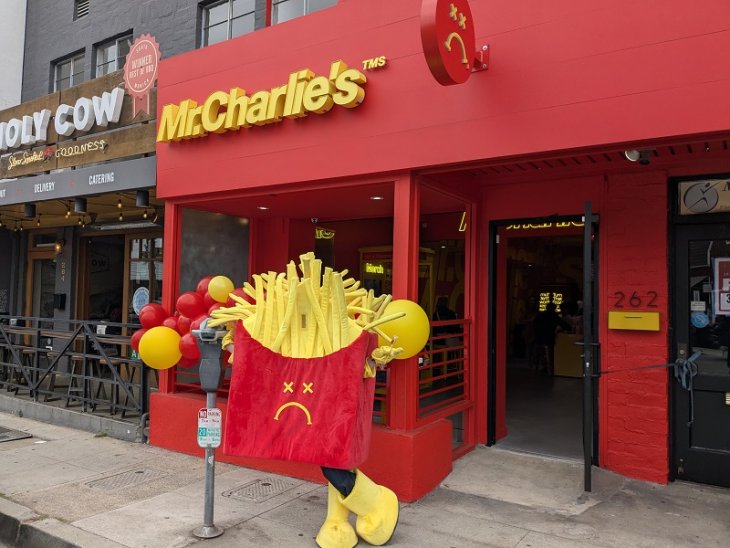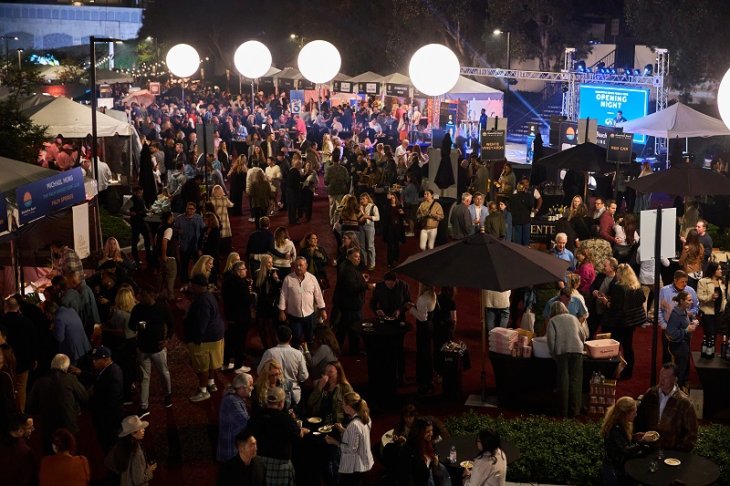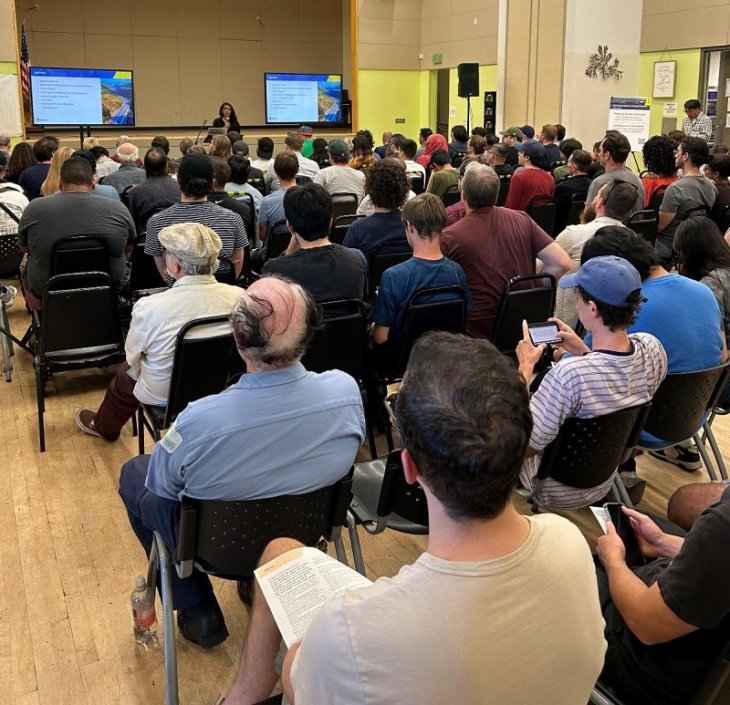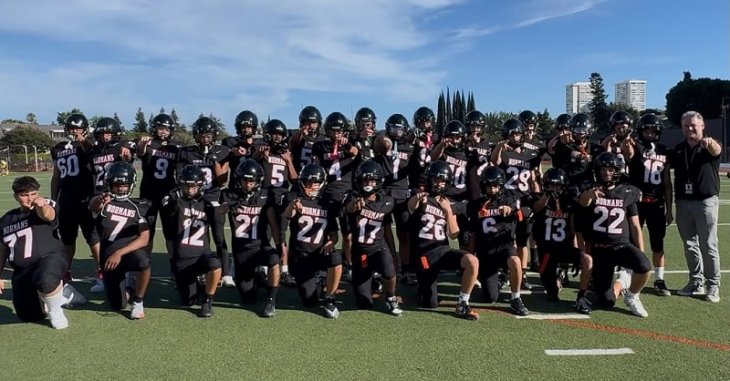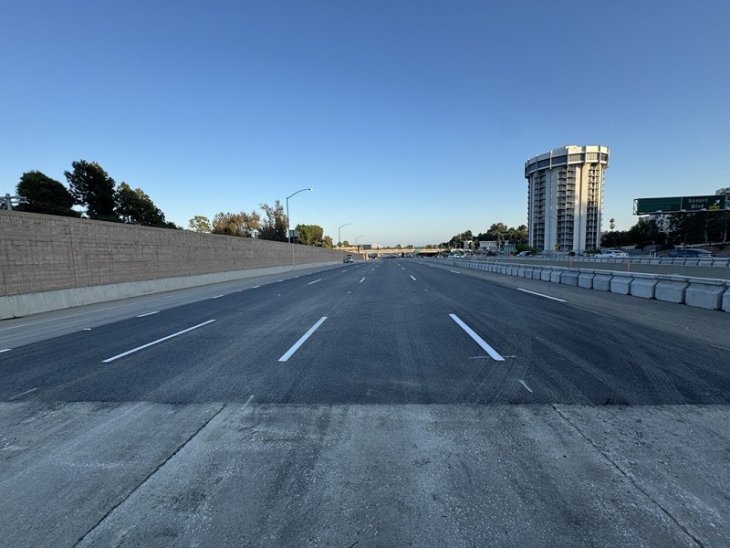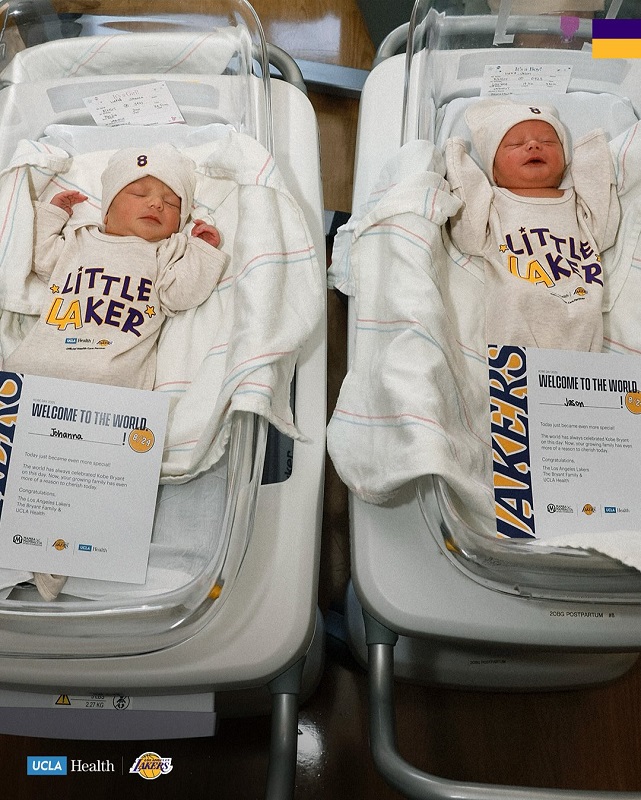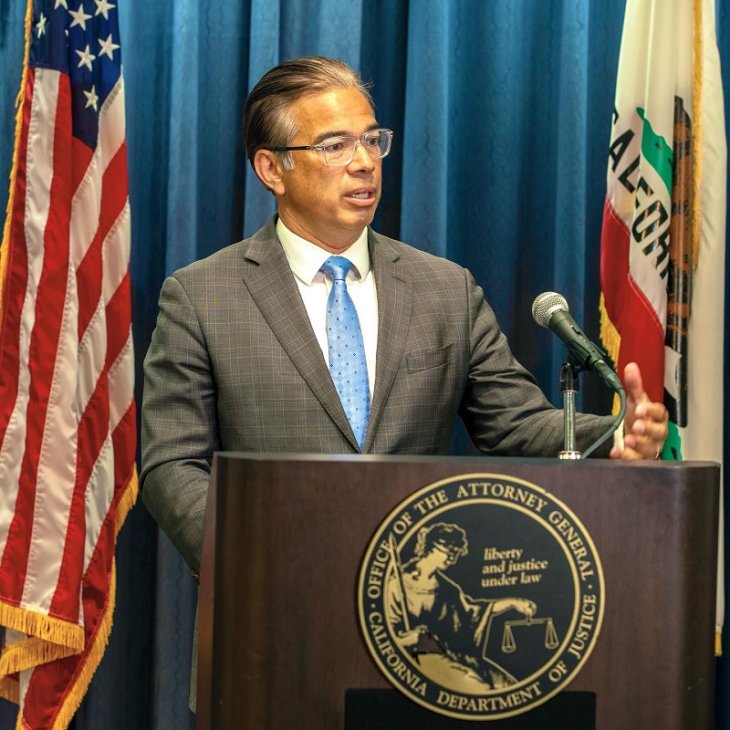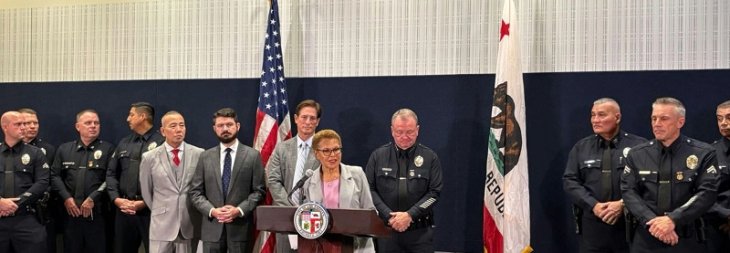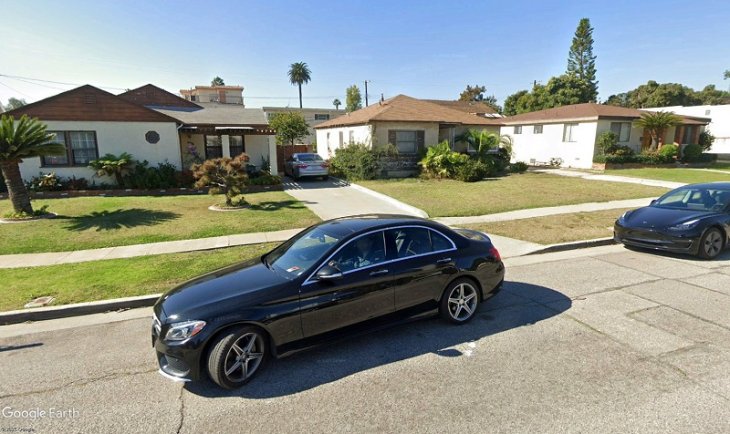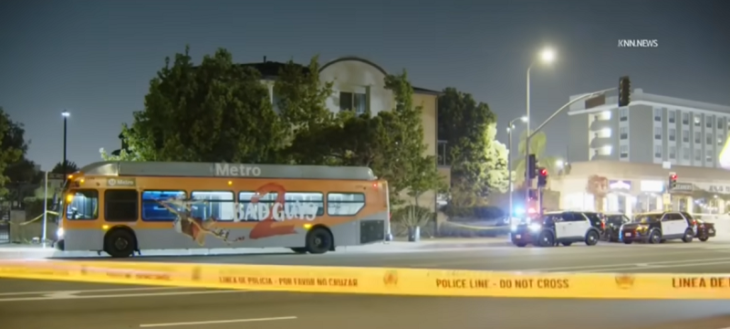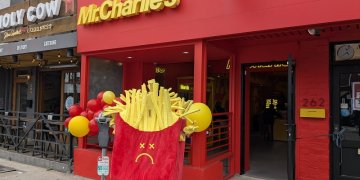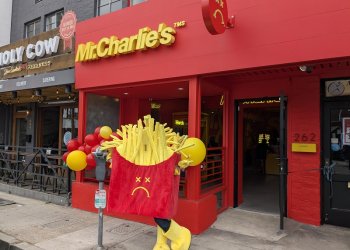
Constellation Place housed no ordinary meeting on the morning of Thursday, June 26. True to the title of the event, Future of Century City was held to openly discuss and address the community’s impending transformation from a business- and commerce-centered city to a well-rounded work-play environment.
This event revealed the drive and ambition of many a Century City entrepreneur and employee, as the meeting did not wait for late risers.
Starting with breakfast and networking at 7:30 am, the expansive venue was packed with hundreds of businessmen and businesswomen in their professional attire, ready to intently listen to the panelists scheduled to speak at the event. The room was filled with pop music and lively conversation prior to the start of the meeting.
Conducted by Bisnow, the largest commercial real estate publication in America, the Future of Century City event accordingly boasted a number of relevant and prestigious panelists. Bisnow’s business manager, Frank Sanchez, introduced the speakers and provided transitions throughout the event.
Each panelist offered their individual knowledge and fresh insight, much of which pertained to the developments occurring within Century City.
Sarah Shaw, vice-president of Development & Operations at JMB Realty, made the opening remarks and highlighted the proposed Century City Center, which is set to be the first new build LEED platinum high-rise building in Los Angeles.
“We’ve had hundreds of meetings [about the project],” Shaw said. “We’ve been busy with this plan for three years.”
The current blueprints for Century City Center include a 37-story tower with a two-acre “green oasis on top of a parking structure.” The Center will also be seeking to “enhance the pedestrian experience” by providing new retail shops along the streets.
Though the building will not be breaking ground for another year, some of the monumental impacts of the Century City Center include creating 6,000 new jobs in Los Angeles and generating $4.3 million to the city annually.
Other points of interest were brought up by the following two panels of professionals.
The lifestyle panel was moderated by Gary Weiss of LA Realty Partners and consisted of Mary Ann Osborn of Related SVP, Susan Bursk of the Century City Chamber of Commerce, Ken Kahan of California Landmark, and Scott Johnson of Johnson Fain.
The office market panel was moderated by Anton Natsis of Allen Matkins and consisted of Michael Arnold of Newmark Grubb Knight Frank, Thomas Omundson of TOCO, Charlie Smith of Equity Office, and Hunt Barnett of LA Realty Partners.
The history of Century City, the current transition to vertical living, and the future of mobility within the city were addressed by the panelists, who have all been working in the area for a number of years.
Bursk brought up the interesting factoid about how Century City is “probably the only community in the world that began as a result of a failed movie.”
To make a long story short, Fox more than 260 acres of land in order to alleviate the less-than-stellar outcome of “Cleopatra.”
It was with this humble beginning that Century City has become the developmental entity that it is today. However, Bursk emphasized that the city is still moving forward to be a location of versatility, where its inhabitants can “live and eat and shop and dine.”
In accordance with this ideal of well-roundedness, Bursk also mentioned that the Chamber had been working with the Arts Council on an upcoming public art exhibit, which will showcase the sculptural creations of three to five different artists throughout the city.
Presently, the concept of vertical living is trending within Century City, what with its modern high-rise residential buildings against the backdrop of the typical Southern Californian neighborhoods.
“Living vertically is more of a New York concept,” Osborn said.
Additionally, Johnson mentioned that the juxtaposition of “vertical towers and a garden” can be traced back to Parisian architectural history, proving the timelessness of the design.
Los Angeles, however, seems to slowly be growing accustomed to the idea.
High-rise “sales are now more brisk,” according to Osborn.
Kahan said there are more residential buildings going up like the Crescent Heights project and 10000 Santa Monica Boulevard because there are a lack of homes in this community.
As far as the office market goes, Smith addressed that “tenants are renewing more so than ever,” especially compared to two years ago.
Barnett mentioned that this may due to the fact that “tenants use space differently now” and utilize “open-plan, high-density” models.
Omundson also seemed optimistic of the “slow and steady course” that Century City is taking, stating that “the market is turning.”
Arnold cited about 150,000 “renewals, expansions, or relocations,” as well as people who are vacating Beverly Hills and other surrounding areas to live in Century City.
The future of the city undoubtedly appears to be bright. What with the Purple Line of the Metro due to reach Century City in its second phase, the methods of transportation within the community will be catching up to other major metropolitan cities as well.
Johnson emphasized the importance of mobility to and from Century City.
With such huge changes ahead, Century City is definitely an area to keep tabs on, for both business and pleasure alike.
Osborn put it best when asked where she saw the city 50 years from now: “Century City will be the urban destination for where to live.”

